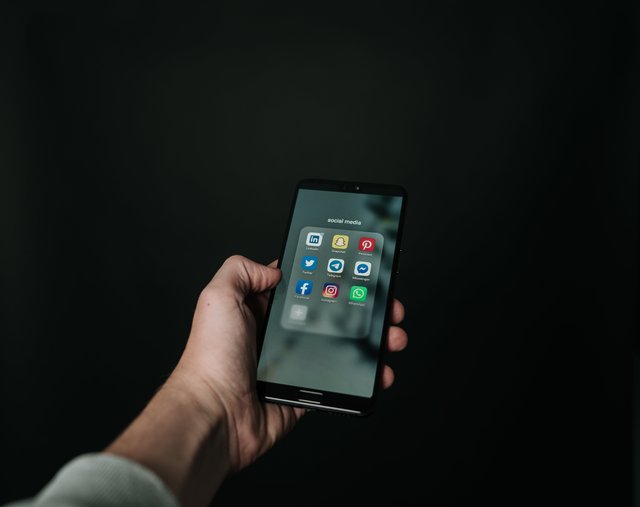THE BRIEF HISTORY OF SOCIAL MEDIA
INTRODUCTION:
In the present interconnected world, online entertainment has turned into a necessary piece of our lives, forming the manner in which we convey, share, and associate with each other. Yet, have you at any point pondered the beginnings of this computerized peculiarity that has fundamentally impacted the manner in which we collaborate with the world? Go along with us on an excursion through time as we investigate the short history of virtual entertainment, from its unassuming starting points to its present-day strength.

Part 1: The Early Days (1971-1997)
The idea of web-based entertainment traces all the way back to the beginning of the web. Everything began with ARPANET, a forerunner to the web, in 1971. The first "social" cooperation was maybe email, which permitted clients to send messages and convey electronically. In any case, it was only after the 1990s that the expression "web-based entertainment" started to come to fruition.
In 1997, a site called SixDegrees arose as perhaps the earliest conspicuous social medium stage. It permitted clients to make profiles, list their companions, and send messages. Regardless of its development, SixDegrees didn't acquire far and wide prevalence and at last shut down in 2001.
Part 2: Rise of the Giants(2000-2010)
The mid 2000s saw the development of online entertainment monsters that would establish the groundwork for what's in store. Friendster (2002), MySpace (2003), and LinkedIn (2003) entered the scene, each with its special concentration. MySpace, specifically, turned into a social peculiarity, permitting clients to customize their profiles with music and illustrations.
In any case, it was the send off of Facebook in 2004 by Imprint Zuckerberg that really upset online entertainment. Its eliteness to understudies at first put it aside. After some time, it extended its span and presented highlights that we currently consider ordinary, for example, the News source.
In the interim, YouTube (2005) and Twitter (2006) gave better approaches to clients to share video content and short messages, separately. This decade likewise saw the ascent of cell phones, making virtual entertainment available in a hurry.
Section 3: The Era of Connectivity(2010-Present)
The last ten years has seen a change in outlook in the realm of online entertainment. Facebook proceeded with its strength, getting Instagram (2012) and WhatsApp (2014), solidifying its power. Instagram, with its accentuation on visual substance, and WhatsApp, an informing application, both became indispensable pieces of the virtual entertainment scene.
Twitter's impact developed, turning into a stage for ongoing news and patterns. Pinterest (2010) and Snapchat (2011) added new aspects to content sharing, zeroing in on visual and vaporous correspondence, separately.
As of late, TikTok (2016) has overwhelmed the world, empowering short-structure video content to circulate around the web in a moment or two. Virtual entertainment stages have additionally confronted expanding examination with respect to protection, information security, and the spread of falsehood.
End
The historical backdrop of web-based entertainment is a demonstration of the consistently developing nature of innovation and human collaboration. From its modest starting points as exploratory organizations to the present-day worldwide goliaths, virtual entertainment has changed the manner in which we interface, share, and draw in with the world. As we move into the future, obviously virtual entertainment will keep on assuming a huge part in molding our computerized and social scenes, interfacing individuals across the globe more than ever.